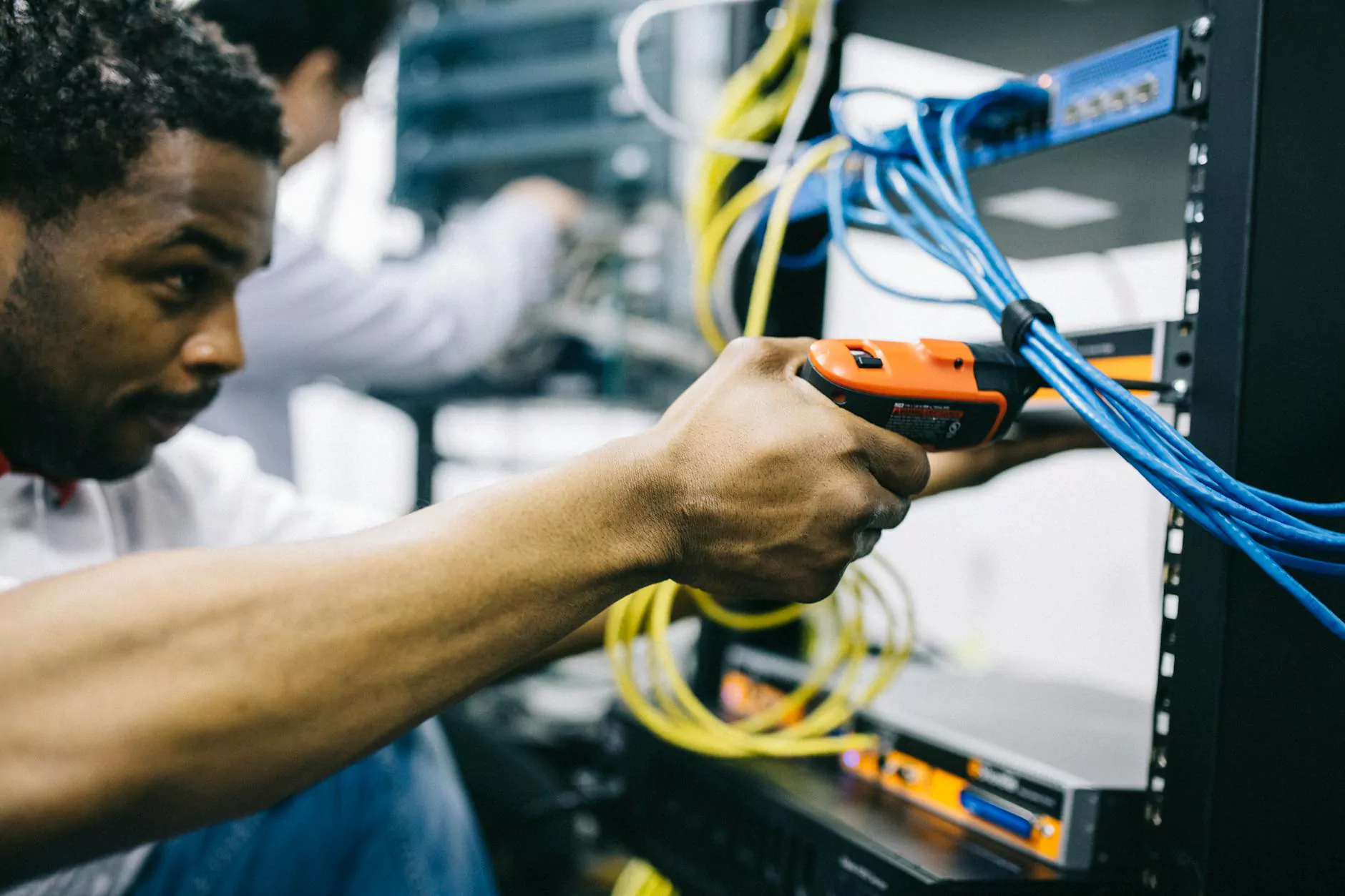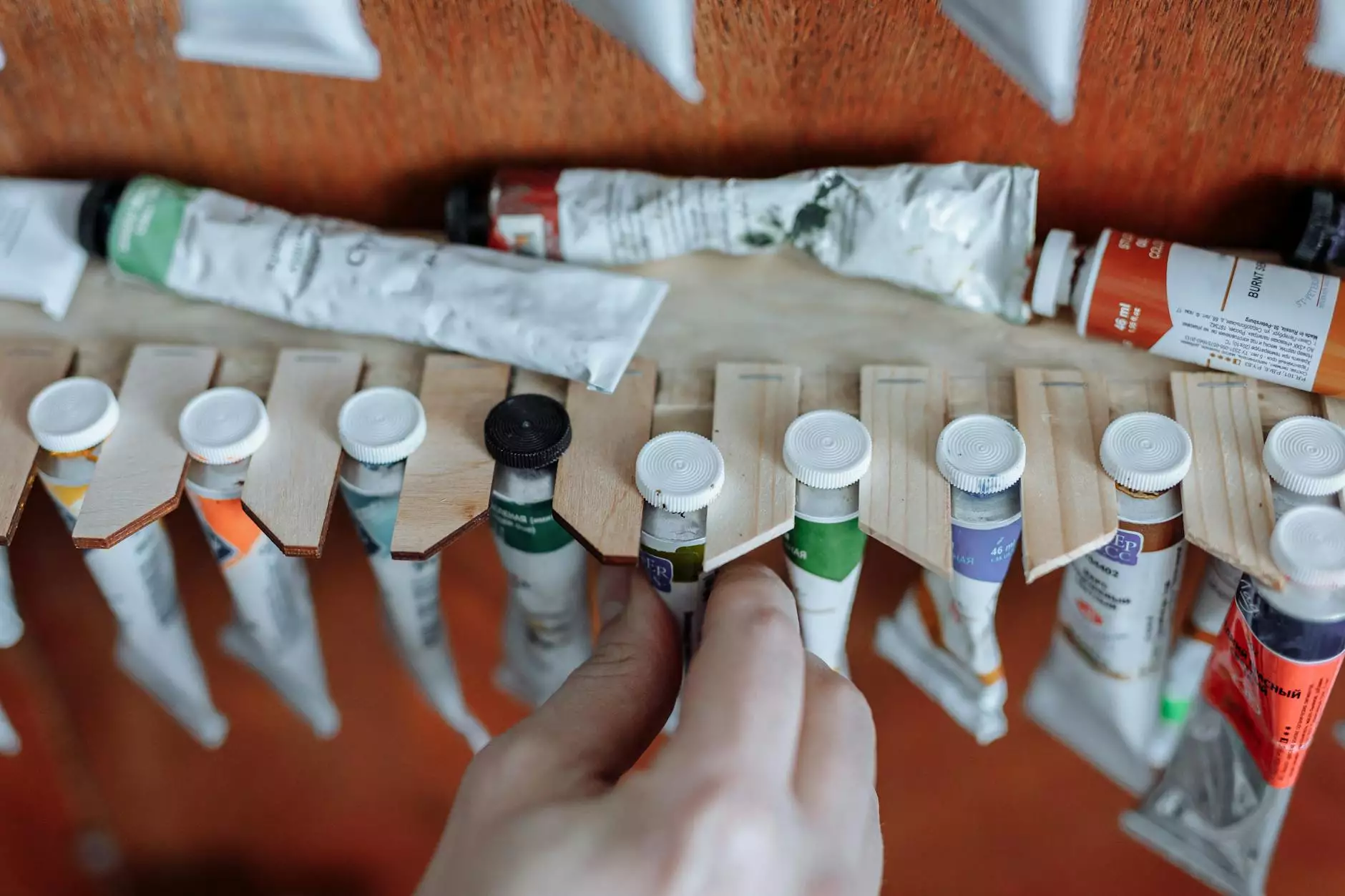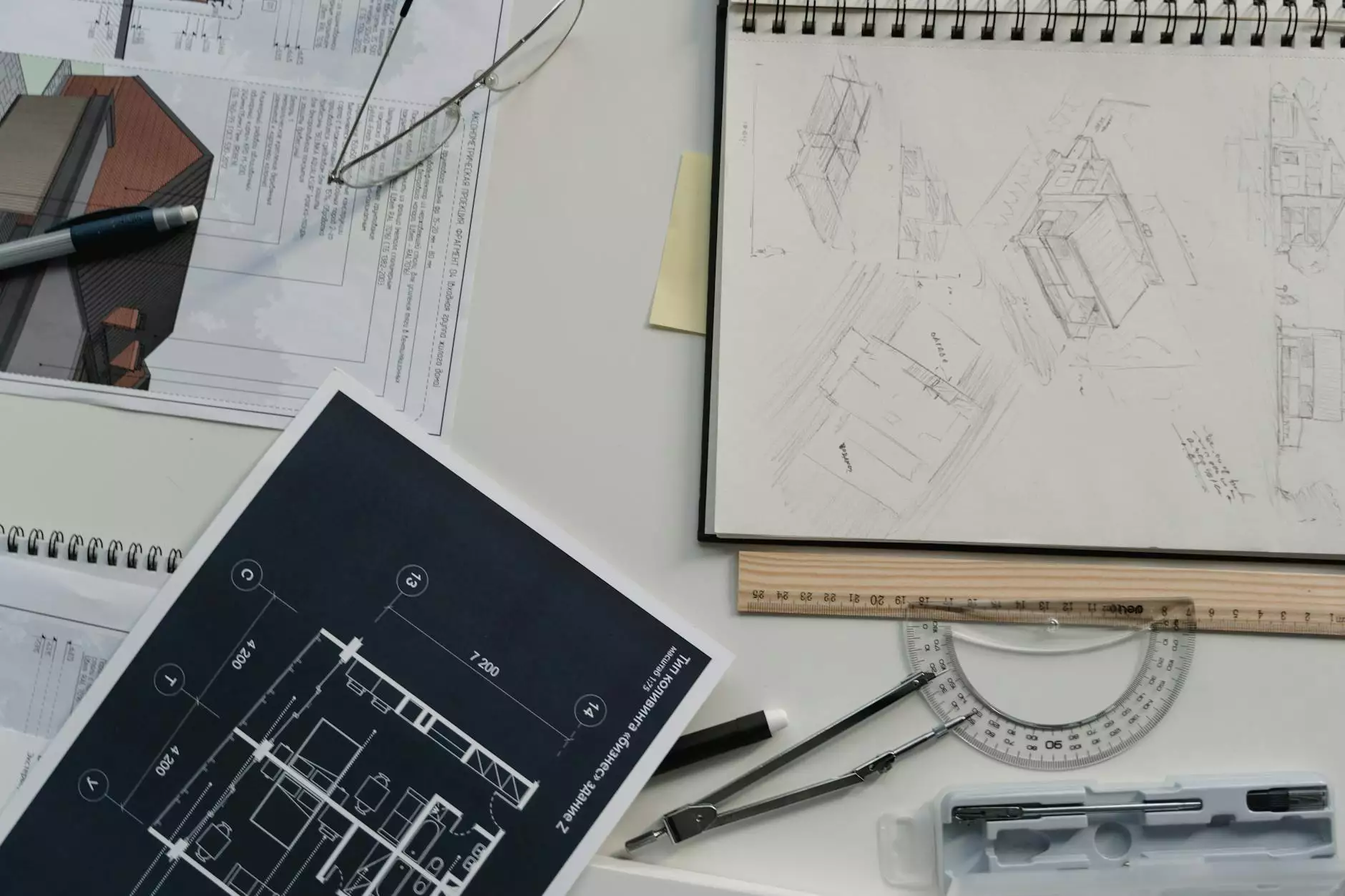How to Check Electrical Wiring in the Home

Understanding the intricacies of electrical wiring in your home is paramount for safety and efficiency. This detailed guide on how to check electrical wiring in the home will arm you with the knowledge you need to perform your own checks or communicate effectively with a professional. At Walls Electrical, we believe that a well-informed homeowner is a safer homeowner.
Why is Checking Electrical Wiring Important?
Electrical wiring forms the backbone of your home’s electrical system. Regular inspections and maintenance can help prevent hazards such as:
- Electrical fires: Faulty wiring is one of the leading causes of house fires.
- Short circuits: Over time, electrical wiring can become damaged, leading to potential short circuits.
- Voltage drops: Poor wiring can lead to inefficient electricity use, which may raise your utility bills.
- Shock hazards: Damaged wires can expose live wires, posing serious shock risks.
Tools You'll Need to Check Electrical Wiring
Before you begin, gather a few essential tools:
- Voltage Tester: To check for live wires.
- Multimeter: For measuring voltage, resistance, and current.
- Insulation Resistance Tester: To check the insulation of the wiring.
- Wire Strippers: For making repairs to damaged wiring.
- Screwdriver Set: To access electrical outlets and junction boxes.
- Safety Gear: Gloves and goggles to protect yourself during inspections.
Step-by-Step Guide on How to Check Electrical Wiring in the Home
Step 1: Safety First
Before starting any electrical work, ensure safety is your top priority. Turn off the power to the area where you will be working at the circuit breaker. Always double-check with a voltage tester to confirm that the electricity is off.
Step 2: Visual Inspection
Begin with a thorough visual inspection of the wiring that is accessible. Look for:
- Fraying or cracking insulation: This can expose wires and create shock and fire hazards.
- Burn marks: Discoloration can indicate overheating.
- Loose connections: Check outlets and junction boxes for wires that may be unsecured.
- Corrosion: This can occur at connection points and affect electrical flow.
Step 3: Testing Outlets
Use a voltage tester to check each outlet:
- Insert the voltage tester into the outlet.
- If the tester lights up, the outlet is live. If it does not light, the outlet may be faulty or the circuit may be off.
- For GFCI outlets, press the test button to ensure that the outlet cuts power properly.
Step 4: Checking Circuit Breaker Panel
The circuit breaker panel should also be inspected:
- Look for any tripped breakers and reset them if necessary.
- Check for any breakers that are warm to the touch, which could indicate an overloaded circuit.
- Ensure that all wires are securely connected and that there is no visible damage.
Step 5: Using a Multimeter
For deeper troubleshooting, use a multimeter:
- Set the multimeter to measure voltage (AC for standard home outlets).
- Insert the probes into the outlet. A reading of approximately 120 volts is normal in most homes.
- If the reading is significantly lower or zero, you may have a wiring issue.
Step 6: Inspecting the Wiring System
If you have accessed any junction boxes or exposed wiring, inspect the connections:
- Look for wire nuts that are properly secured. Loose connections can cause sparking.
- Ensure that no wires are pinched or damaged in their insulation.
- Check that the proper gauge of wire is used for the application.
Common Signs of Electrical Wiring Problems
While performing inspections, watch for common indicators of electrical issues:
- Flickering lights: This could indicate a poor connection or overloaded circuit.
- Unusual odors: A burning smell could signify overheating wires.
- Frequent breaker trips: This often indicates that the circuit is overloaded or that there is a fault somewhere in the wiring.
- Warm outlets or switches: If any electrical component is warm to the touch, immediate investigation is needed.
When to Call a Professional Electrician
While DIY checks can be beneficial, certain situations warrant professional intervention:
- If you encounter exposed wiring.
- When circuit problems persist despite troubleshooting.
- If you're unsure about any of the checks you performed.
- For any major renovations or additions to your electrical system.
At Walls Electrical, our skilled electricians can undertake comprehensive inspections and repairs, ensuring your home’s electrical wiring is safe and up to code.
Conclusion
Understanding how to check electrical wiring in the home is a valuable skill that can enhance safety and performance. By following the steps outlined in this article, you can identify potential hazards and take corrective actions. Remember, when in doubt, always seek the expertise of a licensed electrician to handle complex electrical issues. For any electrical service needs, contact Walls Electrical for trustworthy and professional assistance.









